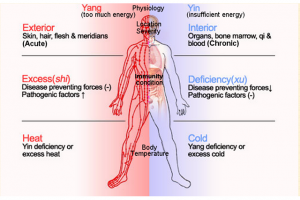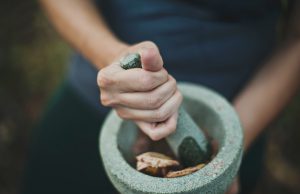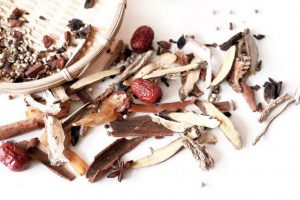Ancient Chinese recognized that the five elements were basic substances necessary for life. Every object in the world comes into being through the motion and change of these five elements. The relationship of the five elements describes the secret of the way of life being a mutual generation cycle, a mutual restriction cycle, over restriction, reverse restriction and balance between generation and restriction. Along with yin-yang theory has become a important gateway to the Chinese herbology system. It regarded as the basic law guiding the analysis of the of the attributions of all objects and the relationships between them.
So that the link between nature and human beings clear when we discuss the Five Element Theory This theory links the seasons of the year, the organs of our body, specific foods, herbs, and treatments for diseases. Specially, the law of mutual promotion and restriction, is very useful for the a good practice of a herbalist in his clinical diagnosis and treatment.
The five elements is wood, fire, earth, metal, water; each one has it’s own correspondence as below:
WOOD FIRE EARTH METAL WATER
Zang organ Liver Heart Spleen Lungs Kidney
Fu organ Gall Bladder Small Intestine Stomach Large Intestine Bladder
Season Spring Summer Late Summer Autumn Winter
Flavors Sour Bitter Sweet Pungent Salty
Emotion Anger Joy Pensiveness Grief Fear
Climate Wind Heat Dampness Dryness Cold
colors Green Red Yellow White Black
Directions East South Center West North
Tissues Tendon Vessel Muscle Skin & Hair Bone
Tastes Sour Bitter Sweet Pungent Salty
To see how this theory interpret the five taste, please check the five taste





